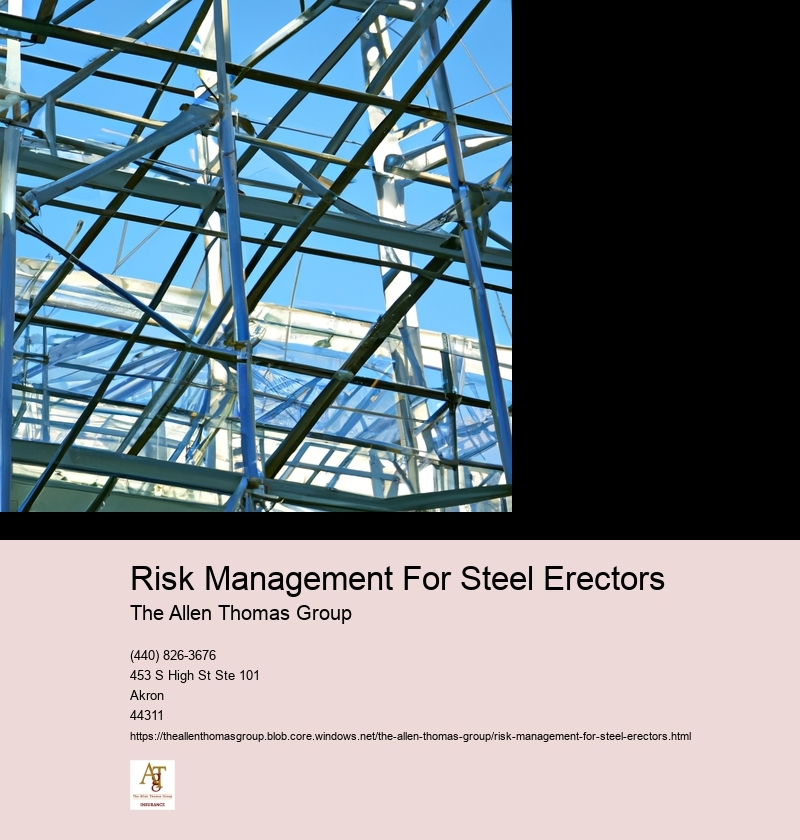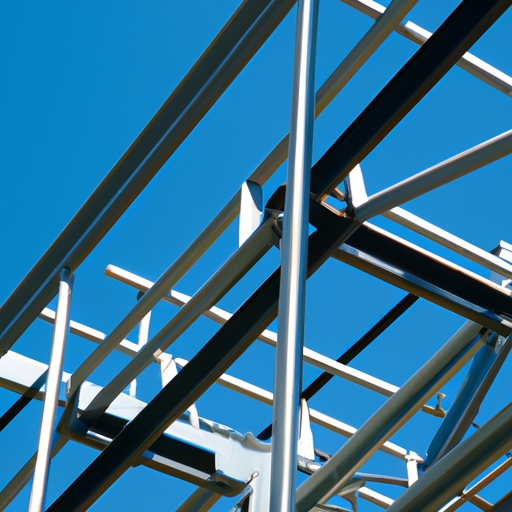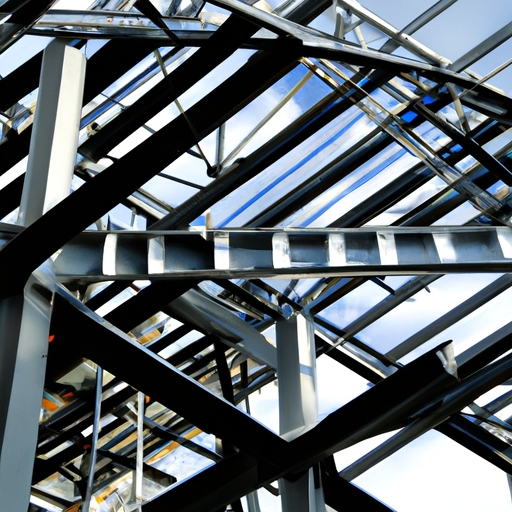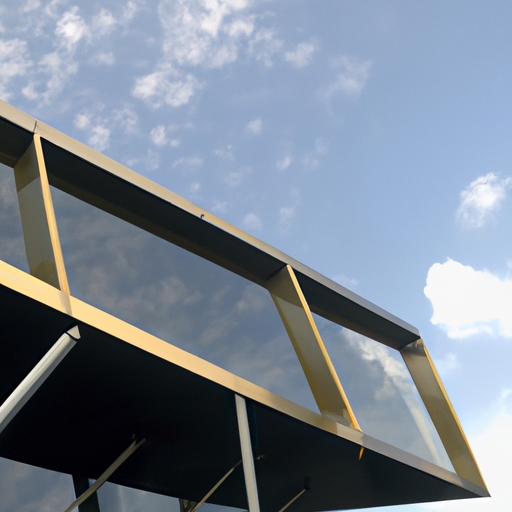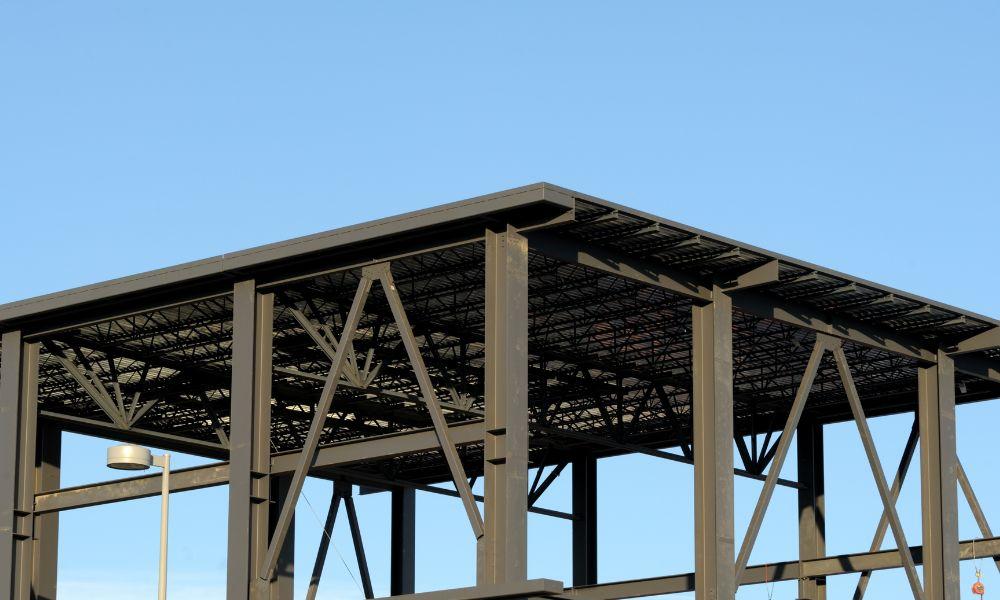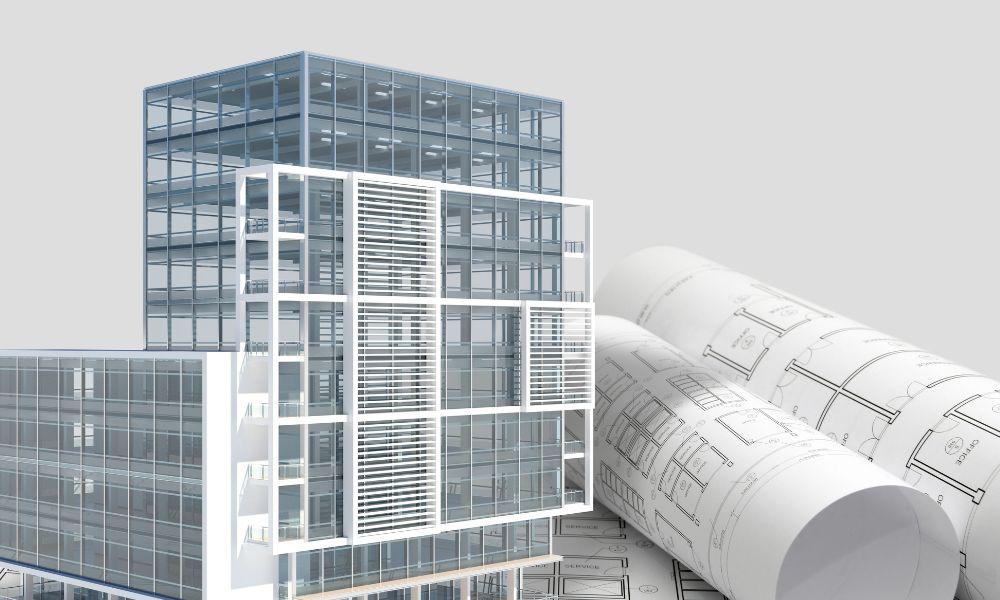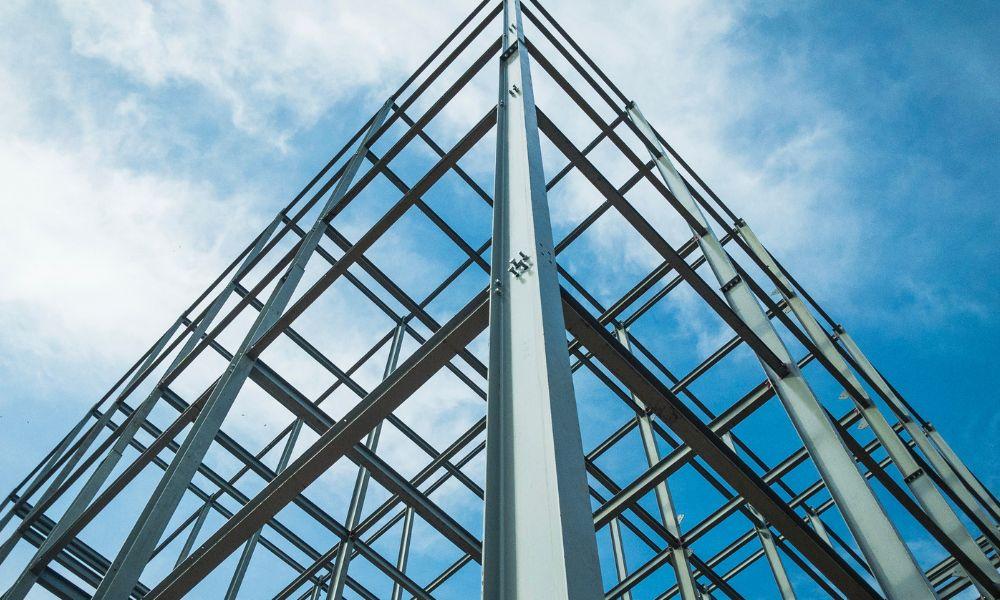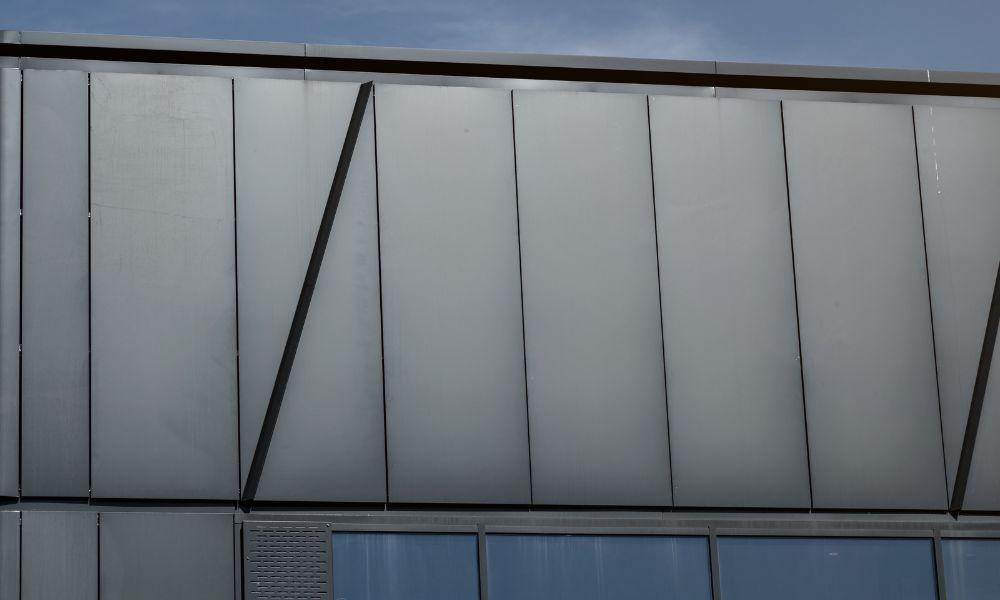Risk Management For Steel Erectors
Financial Security
Steel erection works involve many risks to personnel, materials and equipment. Risk management is an integral part of ensuring the safety of all involved in these types of projects. The first step in managing risks associated with steel erection works is to identify them. Common risks include falling objects, electrocution, structural failure, working at heights, gas leaks, manual handling injuries and fire hazards. Once identified, the next step for steel erectors should be to assess the likelihood and severity of each risk. This involves evaluating the probability that a particular hazard can occur and estimating its potential impact if it does occur. After assessing the risks associated with a particular project, steel erectors should develop strategies for mitigating or eliminating those risks. This could involve implementing safe work practices such as providing personal protective equipment (PPE), using cranes or derricks instead of ladders and scaffolding; installing barriers or guards around hazardous areas; establishing communication protocols between workers; conducting regular training on safety procedures; performing periodic inspections; and using hazard signs or labels to warn workers about potential hazards they may encounter on-site. By taking these steps, steel erectors can ensure that their projects are successful while protecting the health and safety of everyone involved.
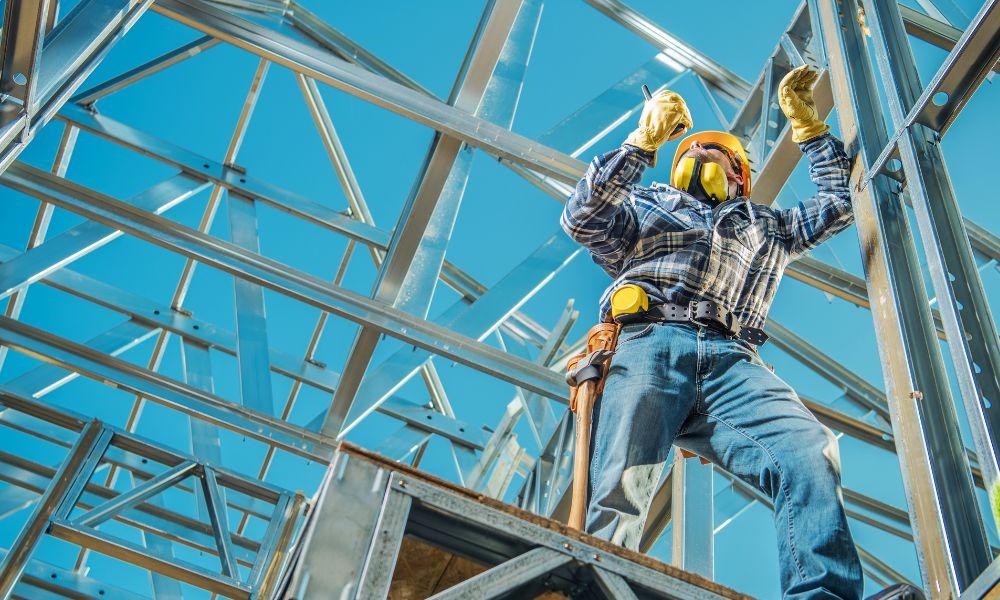 Liability Insurance For Steel Erection Contractors
Liability Insurance For Steel Erection Contractors